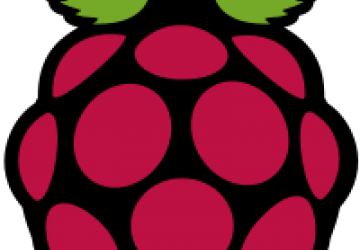Raspberry Pi 3

Four years ago (last leap day to be specific), the first Raspberry Pi was released. And on February 29, 2016, the third version made its debut.
In its short lifespan, the Pi has broken records to become the best-selling British computer. With more than eight million units in circulation, it has eclipsed the sales records set by Sinclair, Amstrad and Acorn. Back in the 1980s, those companies were at the forefront of the "microcomputer revolution".
And, those early microcomputers of the 1980s were revolutionary machines in their own right. They brought computing into the home and ushered in an age of "bedroom programmers". Although home computing has become commonplace, the sense of exploration and experimentation hasn't been as strong as it once was.
The first Raspberry Pi was a step back to the days of bedroom programmers. It has rekindled the spark of enthusiasm for experimentation, as the Pi is a machine designed for flexibility and novel applications. Enthusiasts and learners have embraced the Pi, applying it to applications as diverse as home automation, robotics and emulation. It has been used in schools to teach students about operating systems, programming, networking and other key IT topics.
Although the first Pi was an amazing deal at $35, some users needed or wanted more power. Competing products with similar design philosophies emerged to satisfy the power-hungry, and some users have been tempted away from the Raspberry fold. But, that may be about to change.
Version 3 is more powerful than its predecessors. In fact, benchmarks show it's up to ten times faster than the original Pi. Lift the (metaphorical) hood, and you can see why. The new Pi sports a 64-bit quad-core ARM CPU. With a faster clock speed and a number of architectural upgrades, it's a much more powerful beast.
The Raspberry Pi Foundation also has added on-board Wi-Fi and Bluetooth connectivity. This massively expands the range of applications for the basic unit.
The new Pi has been designed with backward compatibility in mind, so applications that depend on the hardware interface of the old models should still work on the new model (of course, it's a good idea to test to be sure). That means that projects can be upgraded with better performance and connectivity without breaking working code.
Although there have been plenty of improvements, the Pi's memory hasn't been upgraded. Pi 3 has 1GB of RAM, the same as the Pi 2B. That's because 1GB is the maximum available with the existing architecture. No doubt a future version of Pi will break this barrier, but in the meantime, the new model's improvements offer an exciting opportunity to undertake more ambitious projects.









